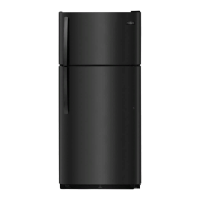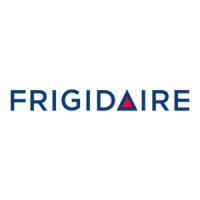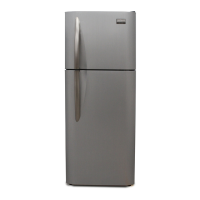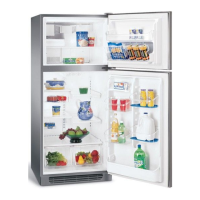Frigidaire.com USA 1-800-374-4432 Frigidaire.ca Canada 1-800-265-8352
use & care
REFRIGERATOR
A22278101 (July 2021)
Introduction .......................................................2
Important Safety information.....................3
Features ..............................................................6
Installation .........................................................7
Door Removal/Reversal ................................9
Door Handle Installation ............................. 12
Water Supply Connection ..........................14
Ice Maker .......................................................... 16
Controls and Settings ................................. 17
Storage Features ........................................... 18
Normal Operating Sounds ........................ 20
Care and Cleaning ........................................ 21
Troubleshooting .......................................... 23
Limited Warranty ......................................... 24





